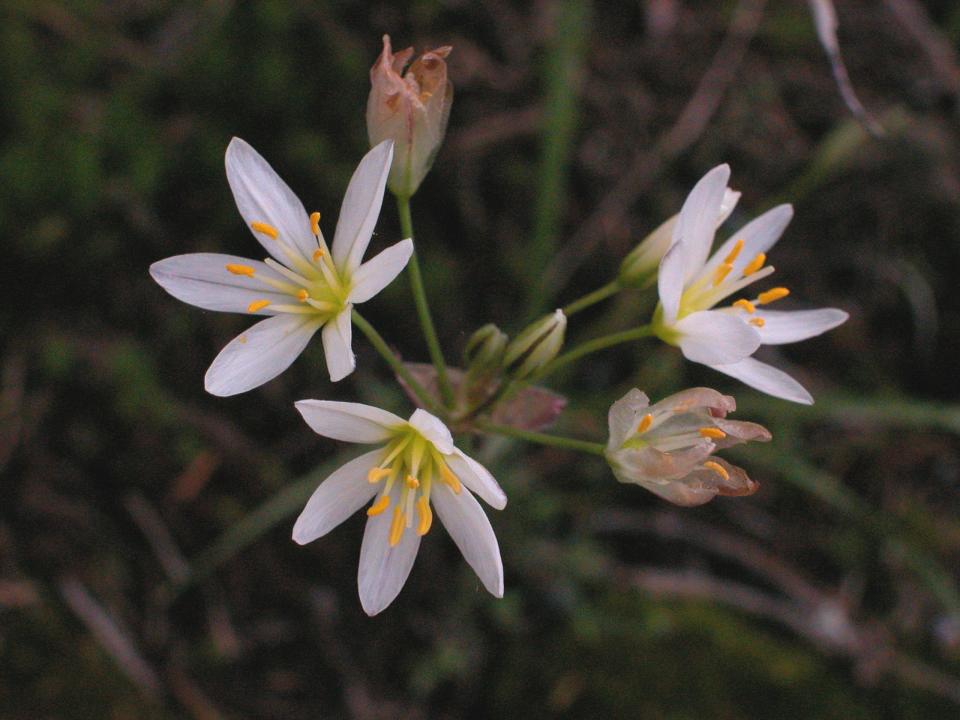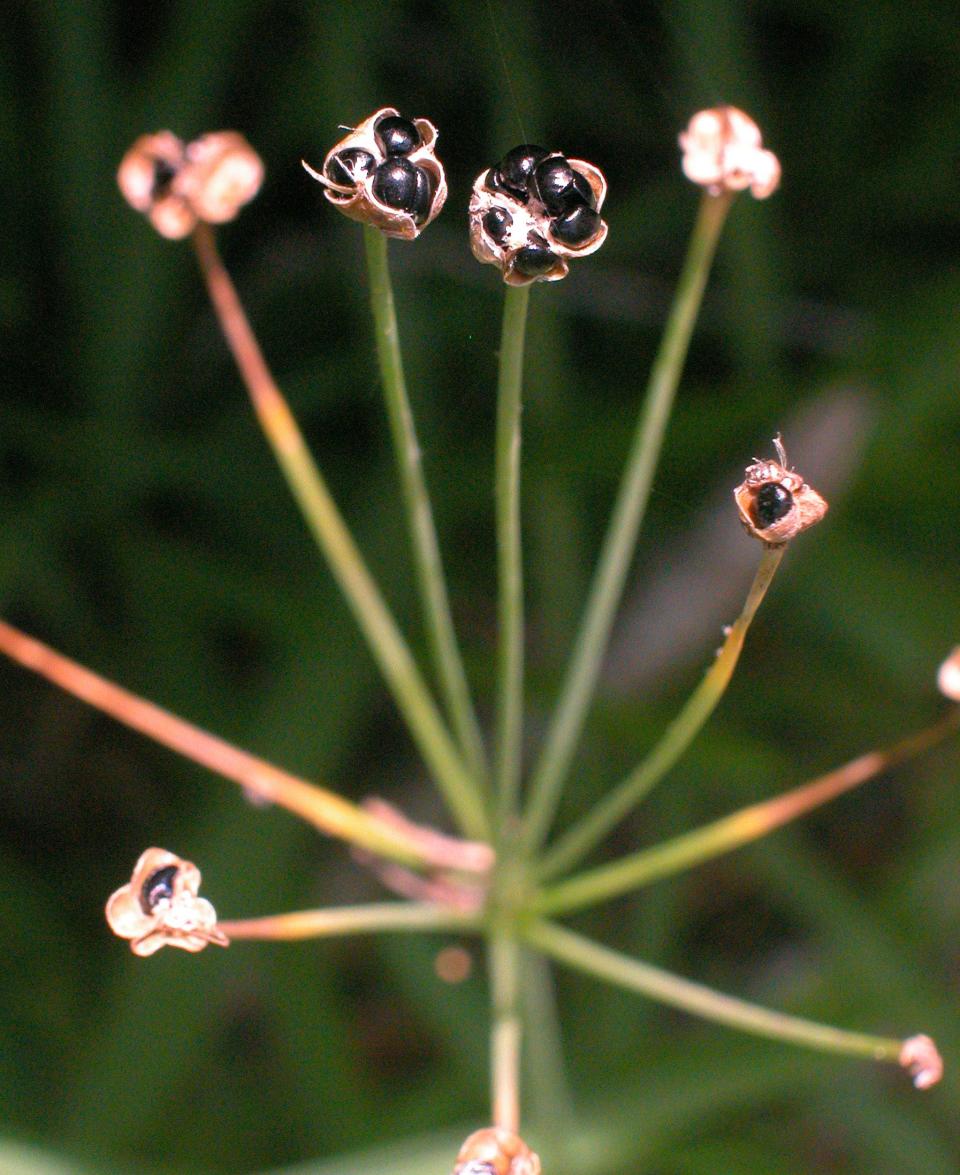This wild onion lookalike has no pungent smell | Mystery Plant
“And, most dear actors, eat no onions nor garlic, for we are to utter sweet breath…”- Midsummer Night’s Dream. Act 4, scene 2.
You probably remember James Cagney in the 1935 film version of Shakespeare’s "Midsummer Night’s Dream." It’s a classic! Cagney played Nick Bottom, the director of a comic play within the play. Bottom made sure to advise his several actors not to offend the members of the audience with any unkind breathing…and of course, audiences in Shakespeare’s time were often very close to the stage.
Spring gardening:What to do in the garden in March and April as growing season explodes
This play is a special treasure for any botanist, since it deals with such a variety of plant life — including onions and garlic.

Onions and garlic, members of the genus Allium, and both enjoyed for food for thousands of years now, do indeed harbor a variety of rather complicated chemicals internally which, upon wounding of the plant tissue, render the strong odors we have come to know, and hopefully enjoy.
These various compounds, which contain sulfur, probably have a benefit for the plants: once attacked by an herbivore, that is, bitten or chewed, the plants release characteristic smells associated with those compounds, which probably are useful in repelling such herbivores.
Recently, scientists have learned that several of these compounds have biological effects against cancer cells, and that there is a potential for some of these compounds and their derivatives to be used as part of anti-tumor protocols.
It’s interesting that the chemical processes releasing these volatile sulfur-containing molecules take place only after wounding or cutting. That’s why a garlic in your kitchen doesn’t smell like a garlic until you mince or mash it. On the other hand, if onions and garlic plants “wanted” to repel herbivores, why don’t they always smell like onions or garlic?

False garlic, Nothoscordum bivalve, our Mystery Plant, was at one time thought by botanists to be just another kind of onion. It is native to the USA, and gets down into parts of South America. It produces a bulb down below the ground, like an onion, and from it, several long, skinny leaves. Each plant can produce one or two flowering stems. These stems don’t bear any leaves.
The flowers appear at the tip-top, as a cluster of 6 or 8 or so, all from the same point. Each opened flower will sport 6 similarly slender white football-shaped tepals, along with 6 little stamens. Way down in the very center will be a 3-angled green ovary, topped with a slender pistil. As with all onion and garlic species, each ovary ripens into a dried capsule, splitting open to release a number of shiny black seeds.
You can find it growing wild all over the Southeast: it often shows up in fields and meadows, as well as open roadsides, sometimes by the thousands. OK, maybe a bit weedy, starting to bloom now in early spring, conspicuous and attractive. The flowers don’t have a sweet scent, which is a bit of a disappointment.
Moreover, this species has no onion nor garlic scent, even when mowed or pulled up, not even a bit. That’s because it’s neither an onion nor a garlic. Oh, well.
John Nelson is the retired curator of the Herbarium at the University of South Carolina, in the Department of Biological Sciences. As a public service, the Herbarium offers free plant identifications. For more information, visit www.herbarium.org or email [email protected].
This article originally appeared on Tallahassee Democrat: A native wildflower, false garlic lacks any pungent smell
